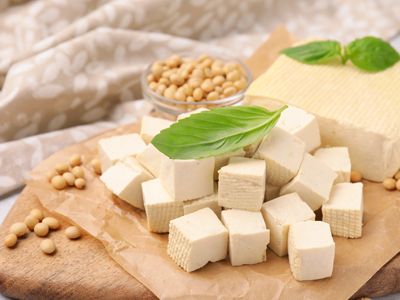
Q8: Is the taste of tofu produced by different coagulants different?
The three common coagulants of tofu include gypsum (Gypsum), salt brine (Nigari) and gluconolactone (GDL).
Gypsum (Gypsum): It is a natural mineral with low price and high calcium content, making tofu with a dense texture. Calcium can be obtained from gypsum tofu to help the body meet its daily calcium requirements. Food grade gypsum is divided into "anhydrous" and "two water". Food grade anhydrous calcium sulfate (Anhydrous: CaSO4) and calcium sulfate dihydrate (Dihydrate: CaSO4 · 2H2O) are both listed as safe food additives and can be eaten with confidence.
Nigari: A coagulant extracted from the ocean. The price is high, and the texture of the tofu made is thicker. It requires experience and technology to make perfect flat tofu. Brine is rich in magnesium, which is helpful for strong bones. In addition, magnesium can also be eaten from grains, vegetables and fruits.
Gluconolactone (GDL): It is a coagulant extracted from sugar with low mineral content. Compared with brine and gypsum, it has lower nutritional value. It is often used by food manufacturers to make super tender tofu and bean curd.
Such as Japanese-style tofu, it is usually mixed and directly injected into the box and made by two-stage or three-stage low-temperature sterilization and cooling.
